eSports are on the rise, and with them comes new marketing targeted at gamers trying to “up their game”. Formerly content to just shock-combo some bad guys in pick-up casuals, many of us are now looking for any edge we can get as we make our way into the competitive scene — only to hit a ton of noise when it comes to what equipment is worthwhile. But we’re here to clear comms and make sure that the next time you’re headed out into the Dust you’ve got every tool for the job.
The Danger of (Tacti)Cool Things
In the growing arms race of competitive gaming peripherals, it’s easy to get sidetracked by the latest technology or the coolest new shiny red buttons that fire off seventy six macros, play the game for you, and order dinner from the nearest pizza joint all at the touch of a single button. The truth is, a lot of these things are really, really cool — and in many cases, super useful.
But the truth is that none of it is a replacement for “time at the range”. the best way to get better at anything (FPS included) is practice. Then some more practice…and probably a little bit of practice after that. In fact, just never stop practicing. Memorize your maps, internalize your firing patterns. Do your homework. This is the most consistent, oldest way to reach higher tiers of competition and skill.
All of that said, “practice” is going to be in real games. A lot of games. While the new hottest keyboard or fancy laser lightshow mouse isn’t going to win your games for you, a little edge here and there can add up over thousands of matches and make your tournament life a little easier — so we did the digging on what you want from your gear, and what you can probably leave back in the armory.
If you want to get into the competitive FPS scene, you don’t want to hit the field without…
An Accurate Mouse
In the new rush of bigger, better numbers, what gaming mice often tout is their DPI – dots per inch (effectively how sensitive it is). The higher the DPI, the farther your cursor moves in relation to your mouse movement, and the less time you spend dragging your crosshair over to the bad man with the bomb.
With DPI in the five digit range, newer gaming mice give the player the ability to flick around in a half circle to catch the guy on your right, look back, and click DPI down to a lower, more accurate setting when you’re trying to snipe your second kill off in the distance. Many players have come to use high and variable DPI effectively, and you certainly could too. Want to know a secret, though?
Most professional players of the FPS favorite Counterstrike: Global Offensive play at around 400 DPI, with around 2 (give or take a little) “in-game” sensitivity. To compensate, competitive FPS players will typically give themselves much more mouse-space to work with than would normally be required in other game-types. What you want in a mouse for FPS then isn’t some arbitrarily high DPI, but sensor accuracy and ease of grip.
The Daedalus Apex, Logitech’s G303  gaming mouse, tends to be an incredibly accurate workhorse, perfect for those who prefer a smaller mouse (especially in conjunction with the game pad offerings from the same company).
gaming mouse, tends to be an incredibly accurate workhorse, perfect for those who prefer a smaller mouse (especially in conjunction with the game pad offerings from the same company).
The SteelSeries Sensei, on the other hand, seems to be an easy “professional crowd” favorite, boasting fantastic accuracy and comfort. The Daedalus has only 6 buttons, and the Sensei 7, sending a clear message that sometimes an accurate piece of equipment is far better than any bells and whistles (though both do have sky-high DPI caps and the ability to quickly switch the settings, if you were interested). This leads us to our next point, which is that sometimes less is more, especially on…
A Consistent Keyboard
When it comes to your keyboard, you want a lot of the same things you’d want out of a real weapon – reliability, durability, and accuracy. While those more into streaming or media content can certainly appreciate some of the more technical offerings newer gaming keyboards have, aspiring FPS competitors like ourselves only need a keyboard that does what you tell it to, when you tell it to, and doesn’t jam or break.
Sure, the laser shows and five hundred toggle-switches are fine for those who want to look fancy while they empty magazines and still don’t hit the broadest side of the barn. But a consistent piece of equipment using mechanical Cherry MX Red or Black switches (largely regarded as the industry favorite for ease of input) is going to do more for your competitive FPS game than any amount of extra media buttons or the ability to turn your keyboard into a rainbow.
The SteelSeries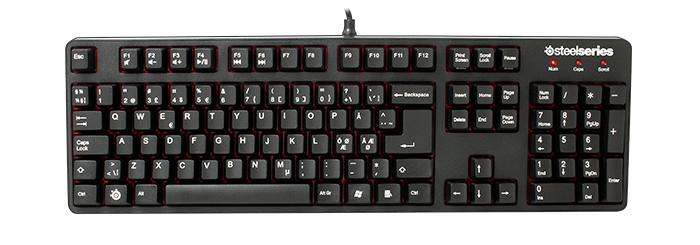 6GV2 gaming keyboard, for example, is the next best thing to indestructible and offers true antighosting, making sure that every key you press registers — which, given the slightly higher necessary actuation of its Cherry MX Black keys, is a lifesaver. It isn’t too pretty, as far as gaming keyboards are concerned, but it doesn’t try to be — it only tries (and succeeds) at being a highly functional, completely effective piece of serious hardware for serious gamers.
6GV2 gaming keyboard, for example, is the next best thing to indestructible and offers true antighosting, making sure that every key you press registers — which, given the slightly higher necessary actuation of its Cherry MX Black keys, is a lifesaver. It isn’t too pretty, as far as gaming keyboards are concerned, but it doesn’t try to be — it only tries (and succeeds) at being a highly functional, completely effective piece of serious hardware for serious gamers.
If you just absolutely have to have a little flair attached to your piece, the Tesoro Durandal G1N, 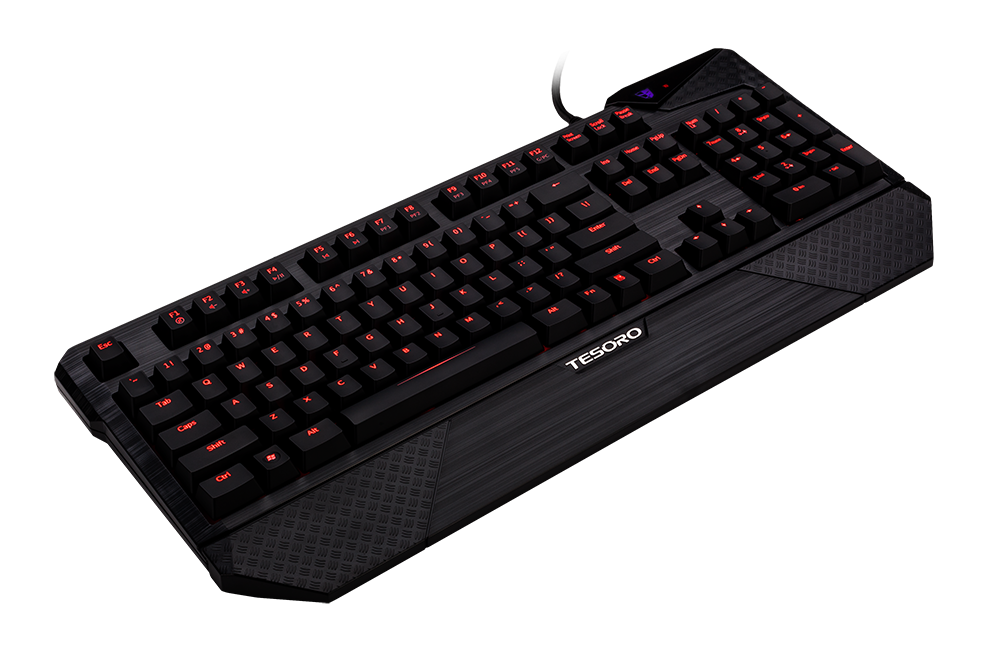 with adjustable backlighting for its Cherry MX Red and Black keys, puts a pretty LED bow on top of total reliability and 6 key rollover. Both choices keep it clean, effective, and simple — and are more than reliable enough to get the job done for some of the highest rated PC FPS teams out there.
with adjustable backlighting for its Cherry MX Red and Black keys, puts a pretty LED bow on top of total reliability and 6 key rollover. Both choices keep it clean, effective, and simple — and are more than reliable enough to get the job done for some of the highest rated PC FPS teams out there.
If the ~$100 price tag is a little too big for your barrel, though, the Logitech G105 offers still-solid performance and clocks in at a much cooler $60.
Plenty of Mouse Space
As we said above, some of the best in the business work with low DPI to keep their targeting as accurate as possible. The faster your reticule moves, the harder it’s going to be to zero in on medium to long distance targets. What many high-level FPS aficionados do to offset the slower scroll speed is give themselves more space to move. The average mousepad or mouse mat for a competitive FPS player is typically much larger than is necessary for other games. If your mouse can’t sweep in a 180* arc with low DPI in a single movement, you need more space.
For example, the SteelSeries Qck+ mouse pad is over a foot long either direction, cutting at 450x400x2mm (just shy of 18×16 inches), while the mouse-glide friendly Razer Goliathus Speed and heavily textured Control mats range from about 8.5×10.6 inches at a Small up to a colossal 11.6×36.2 inches on their Extended size — giving you more than enough space to function.
Clear Comms
Communication and information win games. They win MOBA games, they win RTS games — and they certainly win FPS games. As the games themselves get more advanced, so too does their relevant information. We’re not playing with eyes only anymore, and can often hear the enemy before we see them.
This is all assuming, of course, that you have the right gear for the job. Ten dollar wholesale “Skype-type” earphones don’t cut it in a world where every piece of information is valuable as we’re tearing our way up through the ranks. Clarity, both visual and audio, is key – if we can’t hear the enemy walking up behind us, or the shots to our right, and our point-man is registering as half static noise, we’re at a disadvantage — plain and simple.
Luckily, Sennheiser has us covered with a load of crystal-clear options that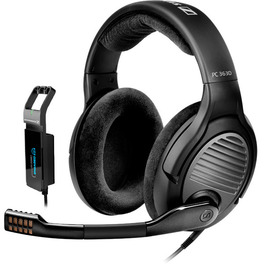 will keep the comms coming in cleanly and comfortably — though a little expensively (starting at around $150 and going up).
will keep the comms coming in cleanly and comfortably — though a little expensively (starting at around $150 and going up).
The HyperX Cloud II, a follow-up of the much-loved HyperX Cloud is a little harder on communication (though not by much) but softer on the wallet, pricing in the $90-100 range, while the Logitech G430 surround sound gaming headset comes in at a nice round $80, while still being made of the solid mid-upper quality stuff we’ve come to expect from the brand.
Clear Visuals
While the monitor may be the last upgrade (and potentially most pricey, usually starting at around $300+), try to shoot for one that’s 144hz or above, as the additional refresh rate keeps games smooth and “real”. What you see will be much closer to what’s actually going on, leaving elder monitors stuttering in comparison. BenQ specifically is a pretty trusted brand doing good work on this front.
Another add-on or two and I’m pretty sure this thing is sentient
Hopefully by now you’ve gotten a good idea (or at least a few good suggestions) for what you need out of your gear to start competing in the world of FPS — reliability, durability, accuracy. You can leave the bells and whistles at home, or risk winding up like the picture above. So now that you’re locked and loaded, it’s time to (CS)go, go, go into your own firefights. Be sure to stop by when you’re back though, and give us the war report for the gear you like to use on the battlefield of competitive first-person shooters.

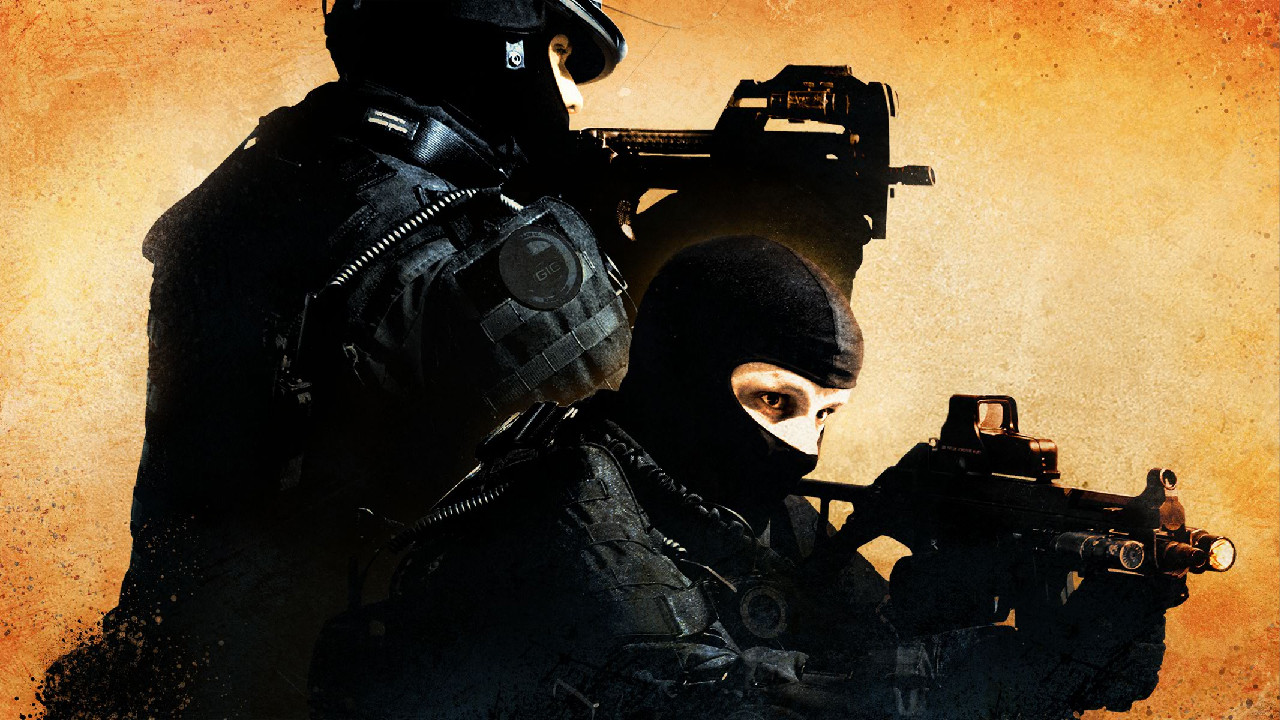
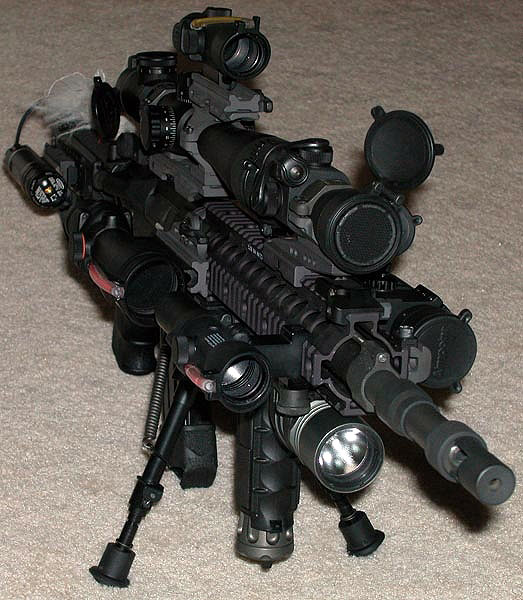





Published: Feb 24, 2016 11:54 am